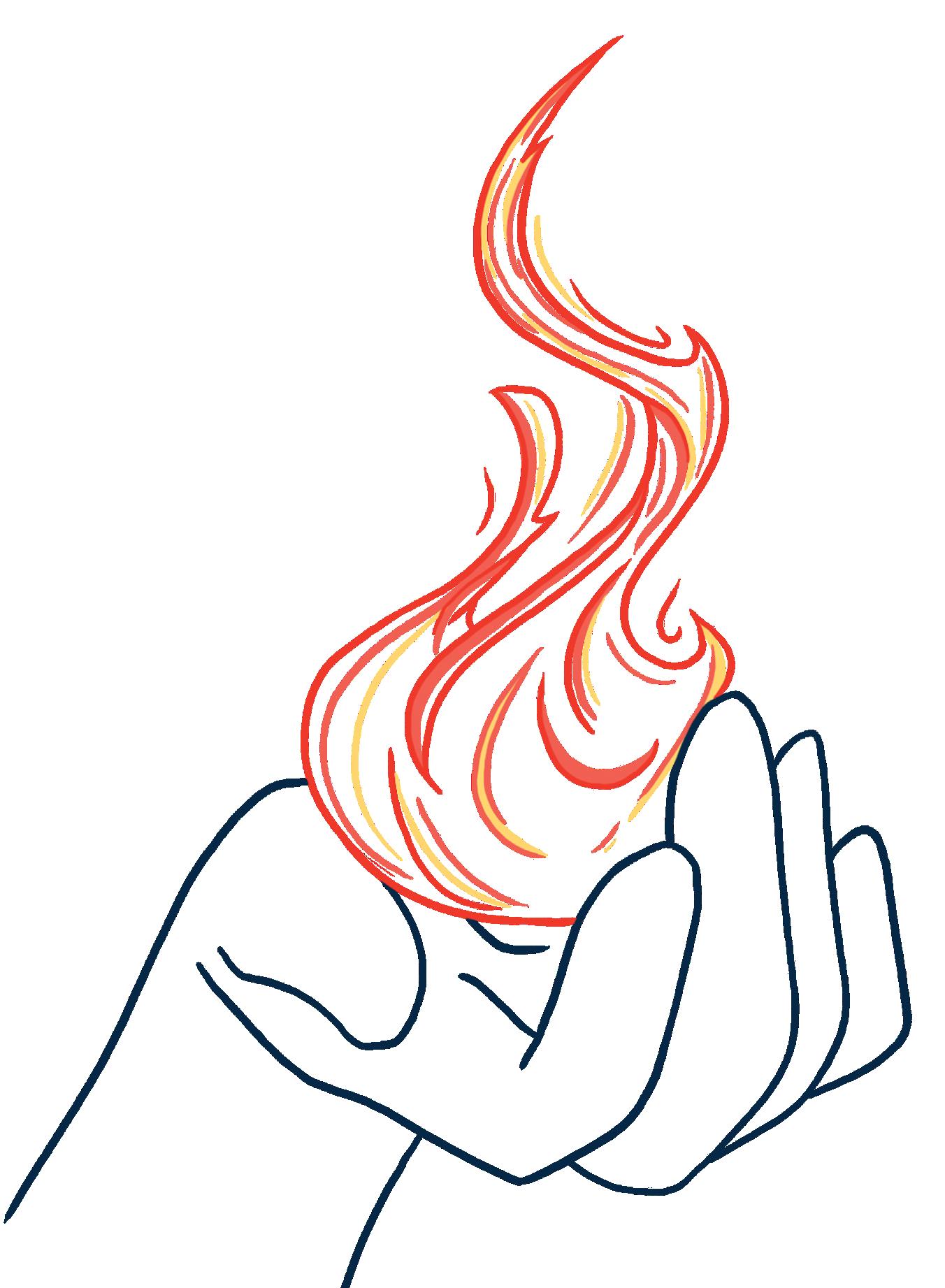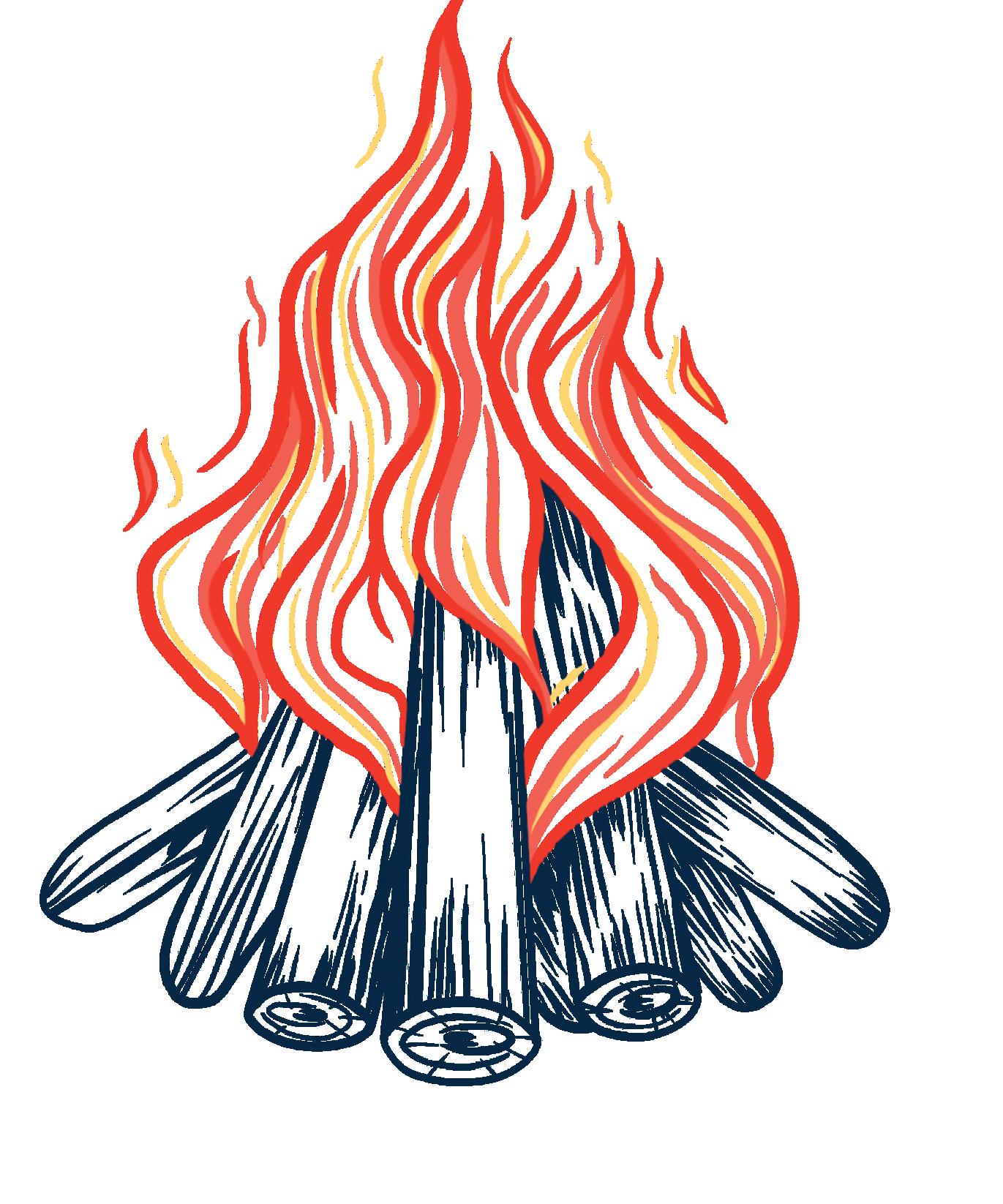
4 minute read
BURNOUT: When More Isn’t Better
Paly has been recognized for its astounding athletes and continues to recognize them. To what extent is the local club team the following week. Start ing at four years old, senior Finley Craig began her athletic journey.
With any sport comes the draining three-hour practices full of endless drills and mind-numbing laps, countless amounts of tournaments, Craig felt her love for the sport beginning to end. However, during freshman year, Craig was presented with a new sport to try: Cross Country. She found liberation in the freedom and new-ness of running, and it being “just for fun”. What wasn’t enjoyable, though, was trying to balance the time between being a multisport athlete and a full time student. After sacrificing many family vacations and hangouts with friends the two-year struggle between soccer and her cross country that had been a part of her identity for the entirety of her childhood.
Craig came to realize that the time and energy she put into her soccer career was a huge part of her life, and with it gone, she would have to rediscover who she really was.
Most athletes begin their sport at a young age, encouraged by their parents or joining friends in a new activity. The sport grows with them as they age just trying your best,’’ Threlkheld said. “[But] then the team shifted into being focused on times and being the best. I still swim for Paly [because] it goes back to the root of being a team, and I felt like club swimming is more individually focused.” and team growth is lost. Constantly striving for this perfection will not only lead to dissatisfaction, but also often in turn will negatively harm mental and physcial health, causing burnout.
Although this definition covers the basics, the explanation of burnout that is more true to life is a little different. The factors of burnout tend to relate back to one idea: identity. The pressure to perform well to uphold the self-image of “an athlete,” the over-emphasis on one sport to be “that athlete,” and the devastation of injuries because they stop people from being “the athlete” they want to be. Burnout is about identity.



Sports have an incredibly large impact on high schoolers. Our culture revolves around them, in implicit and explicit ways: from attending games, playing in them, talking about them, to wearing clothes from sports team.
Coaches and parents have a big role when it comes to easing the external pressure to perform at a high level. Encouraging athletes to take breaks to recover mentally and physically when needed is an important part of the sport.
Paly varsity boys basketball coach and former collegiate coach, Jeff LaMere, speaks on the importance of taking care of his athletes.
Junior Mary Henderson, a competitive swimmer and water polo player, began swimming at age eight and playing water polo at age twelve. Henderson has first hand experienced the effects of burnout, and has thought about quitting both sports because of her internal expecations of her performance.
“I definitely do get burnt out playing my sports simply because of the sheer amount of time I put into both of them,” Henderson said. “It is difficult for me mainly because of how mentally draining it feels after putting in hours of training and practice, just to have a bad game.” and who they are.
Often, athletes feel pressured to stay in a sport even when they no longer find enjoyment, face injuries, or find themselves in a toxic environment. Burnout is much more common than many think, but when an individual makes the hard decision to quit their sport, what happens to their identity?
How do they discover themselves as a different person independent of athletics?
To begin, athletic burnout must be deBurnout forms slowly over time and is made up of several different components. Generally speaking, athletic burnout is a response to the stress of the continued demands of a sport without the opportunity for physical and mental recovery.
Many younger athletes dream of going on to collegiate athletics, or even of competing at the professional level. They feel that letting go of a sport will drastically affect their future for the worse by limiting options for college, jobs, or even fundamentally shifting who they are aside from giving up on something that had been a part of them for so long. Paly students already struggle with external expectations with respect to academics, from family, friends, teachers, and society. Ideally, athletics are a place to relax, have fun, and be yourself. However, the external pressure to perform well from coaches, teammates and parents, as well as the internal pressure to perform well, often creates more stress than fun––leaving athletes with little motivation to continue to play and compete at a sport.
Senior Brooke Threlkheld, a former competitive club swimmer, now runs cross-country in the fall and swims for the more-relaxed school swim team in the spring. Threlkheld started swimming when she was less than a year old, and had been competing since the age of seven. Her love for the sport began to falter when the external pressures of club swimming––the emphasis on winning medals and placing first––made the practices less enjoyable.
“When I started swimming, it was a really chill team, focused on friendship and
“When I coach the biggest thing for me is the health
“They need to be in a great headspace to be ready to im prove. I as a coach need to understand all the pressures that are on them. Espe cially at Paly, we have student athletes trying to be the best at everything they do.”
According to a study by UC Health, rest and recovery are “critical for an athlete’s physiological and psychological well-be ing.” When athletes step away it allows them to fully recover and help prevent burnout.
“We need to be able to manage their work loads –– many student athletes only play one sport and are playing that sport year round,” LaMere said. “One of the biggest pieces of anything is having rest, there is this idea that the more you work the more you get better, there are so many more benefits to having a good balance of rest and work.”
In addition to the external pres sure from coaches or parents to do well, there is internal pressure from the athlete themselves. Some are so focused on being the perfect star athlete––perfect stats, perfect performance, perfect times–– that the as pect of individual
Finding ways to help prevent athlete burnout can be extremely effective. Henderson explains how her burnout was caused by her internal mindset.
“I found that associating your self-worth with athletic performance is a sure method to deteriorate mental health,” Hen










